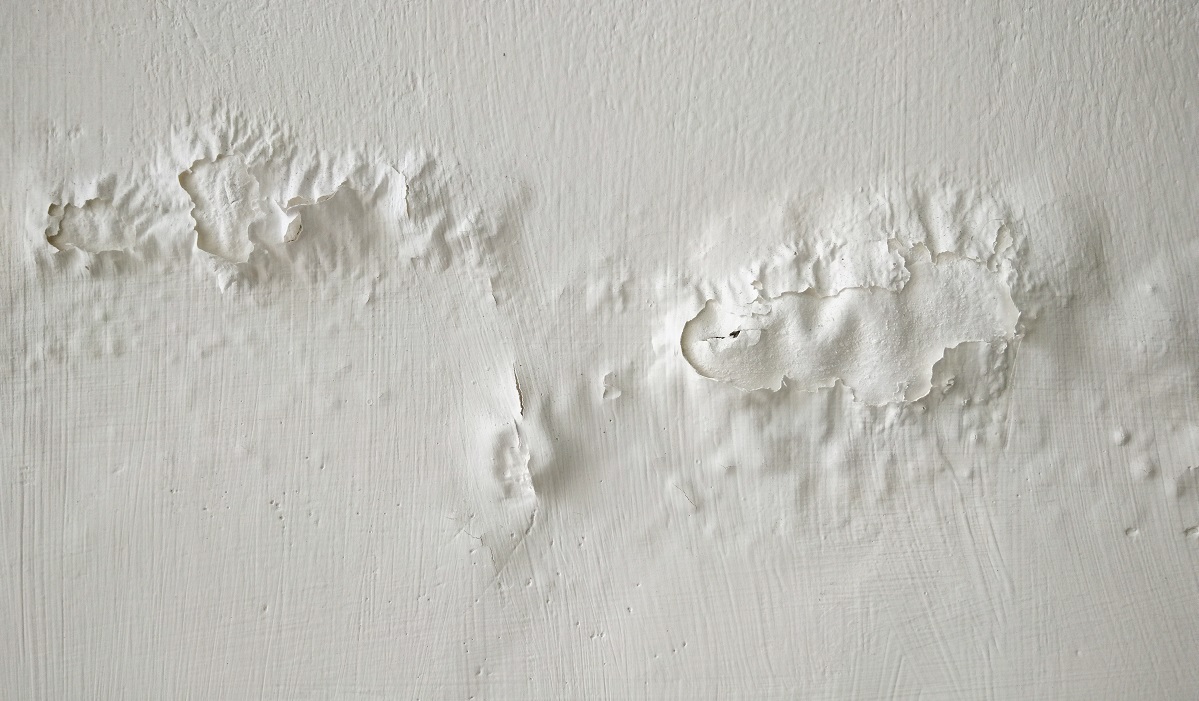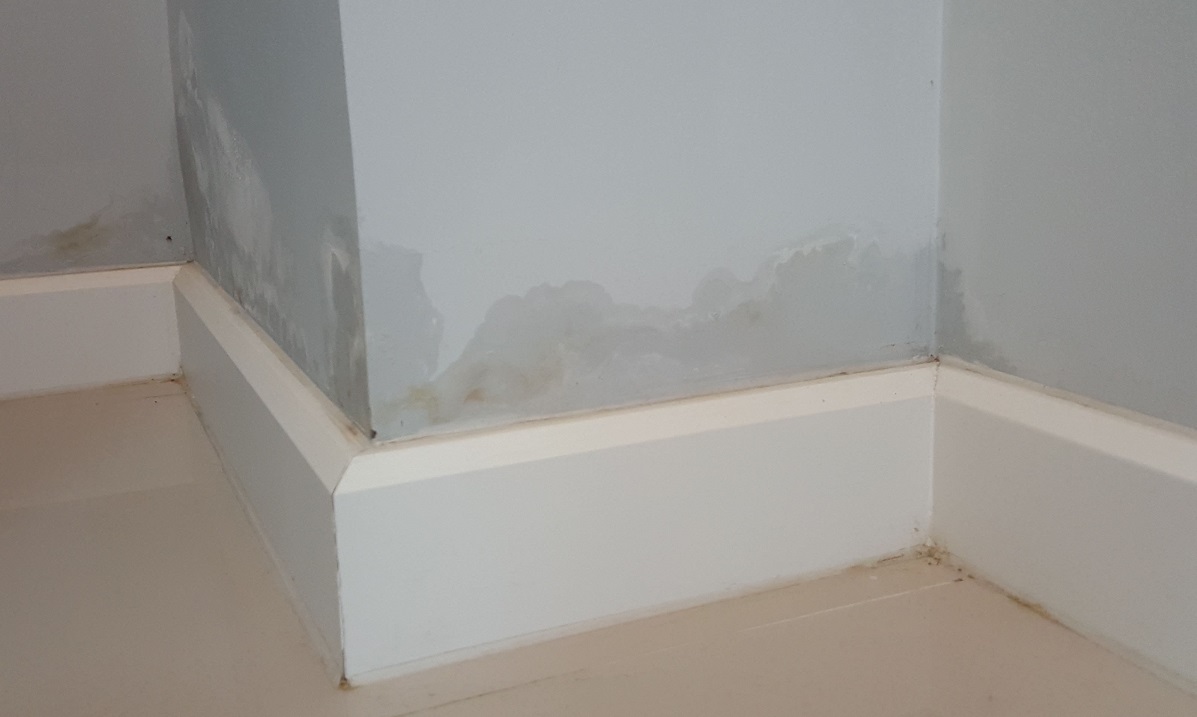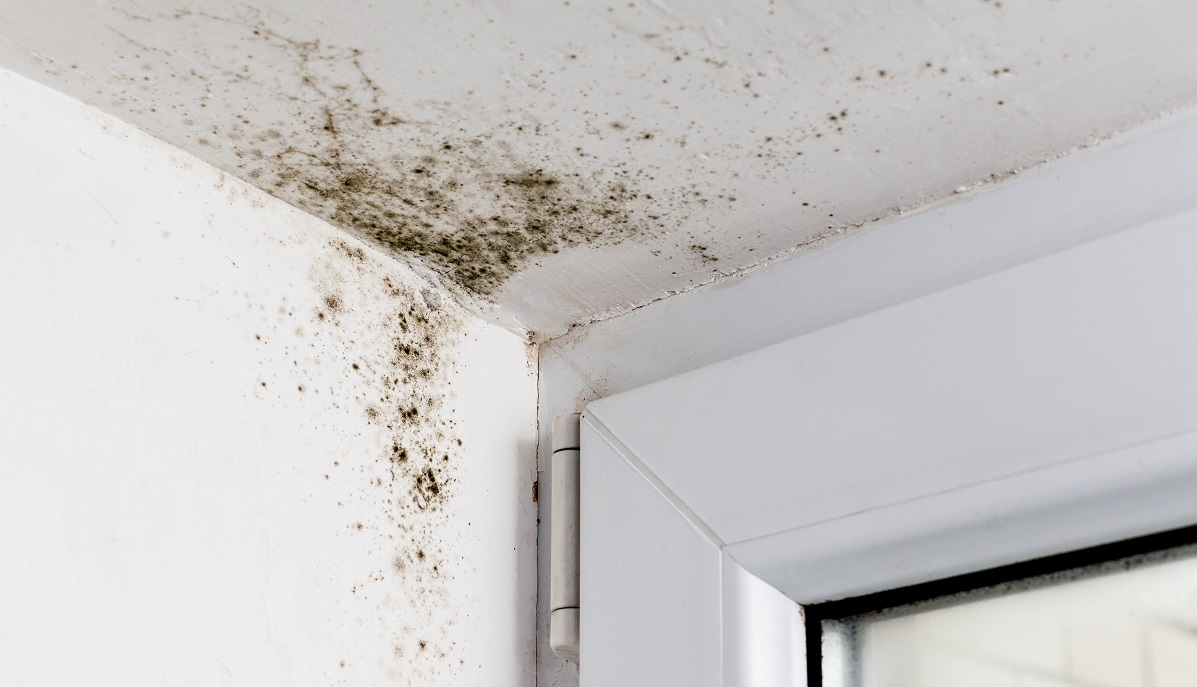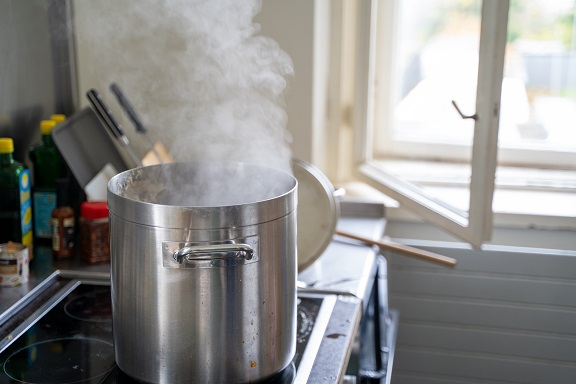What do I do if I have damp and mould in my home?
Condensation, damp, and mould can be caused by a variety of factors.
This page will help you to identify different types of damp and includes some hints and tips on what you can do to help prevent it. These tips can help you to prevent damp and are good practice to follow even when damp is not a problem in your home.
We acknowledge that maintenance issues leading to, or contributing to, damp and mould are our responsibility and we’re committed to helping our customers deal with this issue.
The quickest and easiest way to report damp and mould is through My Account or you can call us on 0300 790 6555.
More details of how you can contact us are available on the contact us page.
Download our guidance on condensation, damp and mould.
Watch our video to find out about the causes of condensation, damp and mould and how you can report it.









